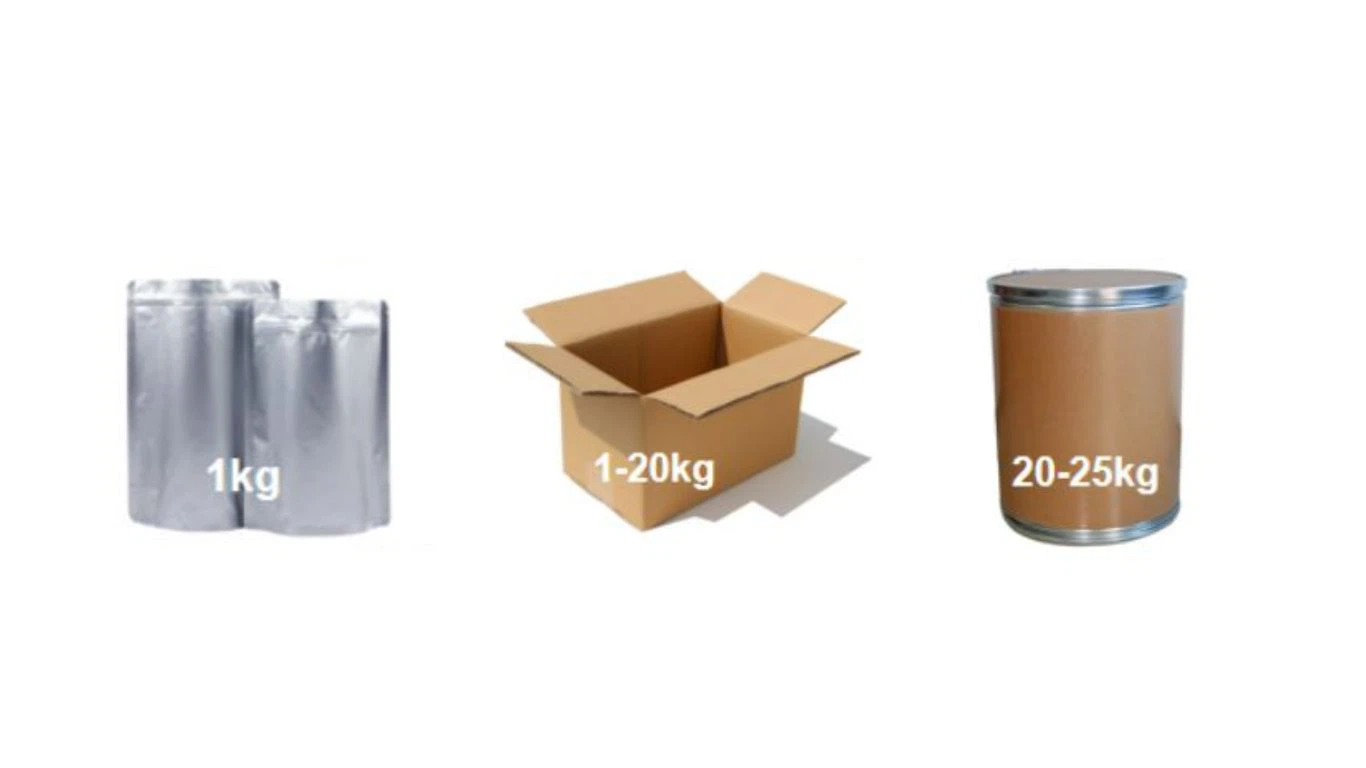

Description
CAS:70-18-8;Assay:99% min
CAS NO.:70-18-8
Brand:GSHWORLD
Glutathione bulk powder raw material - NMN suppliers & manufacturers in China.
Glutathione is a short peptide composed of three amino acids, glutamic acid, cysteine and glycine.

L-Glutathione Reduced(C10H17N3O6S) | |
CAS | 70-18-8 |
Appearance | White or almost white powder |
Assay | 99% min |
Chlorides | Not more than 200 ppm |
Sulfates | Not more than 300 ppm |
Ammonium | Not more than 200 ppm |
Iron | Not more than 10 ppm |
Arsenic | Not more than 2 ppm |
Heavy metals | Not more than 10 ppm |
Cadmium (Cd) | Not more than 1 ppm |
Lead (Pb) | Not more than 3 ppm |
Mercury (Hg) | Not more than 1 ppm |
Sulfated ash | Not more than 0.1% |
Loss on drying | Not more than 0.5% |
Shelf Life | Two years when properly stored. |
Its most important physiological function is as a reducing agent, participating in a variety of redox reactions, including the synthesis of biological macromolecules, and scavenging free radicals. Among them, the thiol group of cysteine is its active group. In vivo, glutathione exists in both reduced (GSH) and oxidized (GSSG) forms. When it performs the function of reduction, it will change from GSH to GSSG. Normally, the ratio of GSH and GSSG concentrations is stable, and imbalances in this ratio are associated with a variety of human diseases, including neurodegenerative, cardiovascular, and immune diseases.
Melanin is a biological pigment synthesized by Melanocyte and usually aggregates together to form melanosomes. The form and amount of melanin determines a person's skin color, hair color and eye color. Simply put, melanin can be divided into two forms, one is Eumelanin and the other is Pheomelanin. The more eumelanin, the darker it looks. Conversely, the more pheomelanin, the more red it appears.
Both eumelanin and pheomelanin start from Tyrosine or Dopa, and under the catalysis of Tyrosinase, dopaquinone (DQ) is synthesized by oxygenation. Starting from DQ, it is divided into two branches. Going the pheomelanin route with the participation of Cysteine. On the contrary, it leads to the synthesis of eumelanin.
Studies have shown that glutathione can indeed interfere with the synthesis of melanin, and its mechanisms mainly include:
1. Directly inhibit the activity of tyrosinase.
2. Free radicals can activate tyrosinase, while glutathione can scavenge free radicals and inhibit the activation of tyrosinase.
3. Glutathione is hydrolyzed into Cysteine, which makes the melanin synthesis pathway tend to pheomelanin.



PREVIOUS:Safety Of Coenzyme Q10
+86-755-23577295
+86 18718790084
Room 832, Building 12, Shenzhen Bay Science and Technology Ecological Park, Yuehai Street, Nanshan District, Shenzhen China